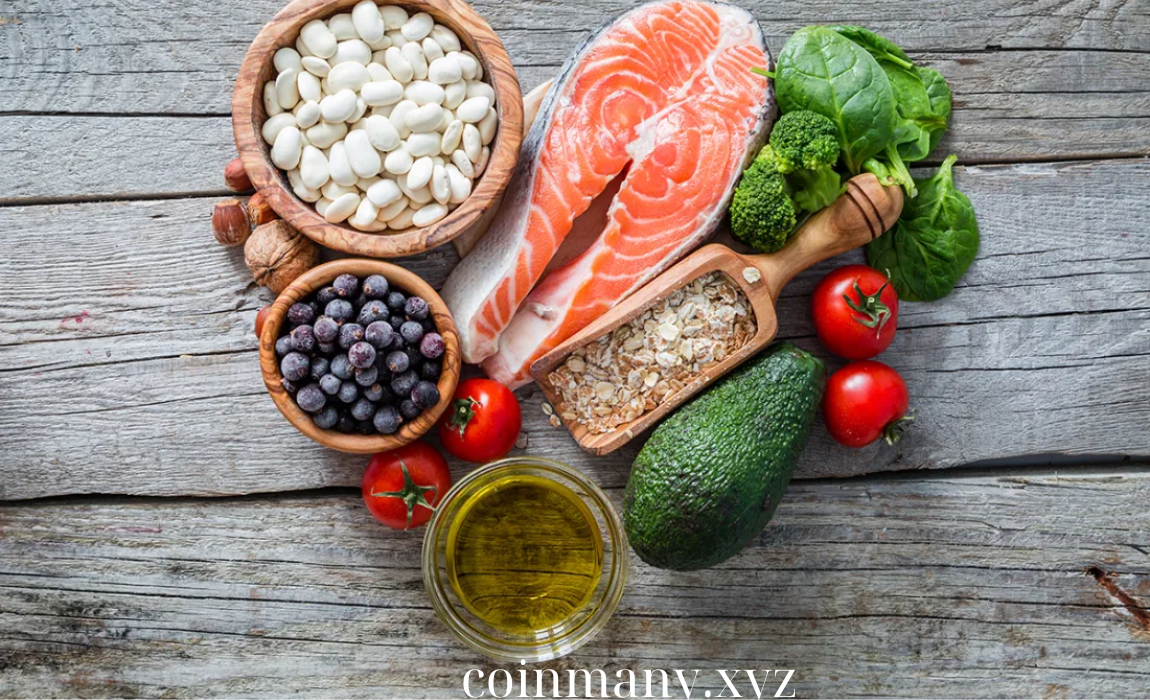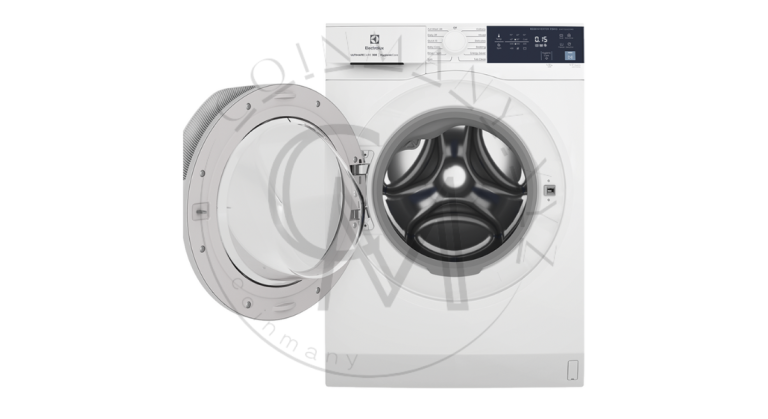
In a world where food choices seem endless, understanding nutrient density is the key to making smarter, healthier decisions. Nutrient density refers to the amount of essential nutrients a food contains relative to its calorie content. By focusing on nutrient-dense foods, you can maximize your nutrient intake without overconsuming calories. Unlocking the secrets of nutrient density can transform the way you eat, helping you achieve better health and vitality with every bite.
1. What is Nutrient Density?
Nutrient density is the concept of evaluating foods based on the amount of vitamins, minerals, and other beneficial compounds they provide in comparison to their caloric content. Foods that are rich in nutrients and low in calories are considered highly nutrient-dense. This concept encourages the consumption of foods that pack the most nutrition into each calorie, helping you get more out of your meals.
Example of Nutrient-Dense Foods:
- Kale: Low in calories but high in vitamins A, C, K, and calcium.
- Blueberries: Packed with antioxidants, fiber, and vitamins while being low in calories.
- Quinoa: Provides protein, fiber, and essential amino acids with moderate caloric content.
2. Why Focus on Nutrient-Dense Foods?
Focusing on nutrient-dense foods allows you to get the most nutritional benefit from the calories you consume. This approach promotes a well-balanced diet, supports long-term health, and can even aid in weight management by keeping you full and nourished without excessive calorie intake.
Key Benefits of Eating Nutrient-Dense Foods:
- Boosts energy levels: Nutrient-dense foods provide the vitamins and minerals needed for optimal energy production.
- Supports immune health: High concentrations of antioxidants, vitamins, and minerals strengthen the immune system.
- Aids in weight management: These foods are often high in fiber and water, which help keep you full and satisfied.
- Reduces the risk of chronic diseases: A diet rich in nutrient-dense foods can lower the risk of heart disease, diabetes, and certain cancers.
3. Top Nutrient-Dense Foods to Include in Your Diet
Eating nutrient-dense foods doesn’t have to be complicated. Here’s a list of some of the top nutrient powerhouses you can easily incorporate into your daily meals:
Leafy Greens:
- Spinach: High in iron, calcium, magnesium, and vitamins A and C.
- Swiss chard: Contains a variety of vitamins, including A, K, and C, along with potassium and fiber.
- Broccoli: Rich in fiber, vitamins C and K, and folate, broccoli supports bone health and immune function.
Fruits:
- Berries (blueberries, strawberries, raspberries): Low in calories and packed with antioxidants, vitamin C, and fiber.
- Oranges: High in vitamin C, potassium, and fiber, contributing to heart health and skin vitality.
- Avocados: Provide healthy monounsaturated fats, fiber, and a variety of vitamins like E, K, and B vitamins.
Whole Grains:
- Quinoa: A complete protein that provides essential amino acids, fiber, magnesium, and iron.
- Farro: An ancient grain rich in protein, fiber, and antioxidants, making it a hearty addition to salads and side dishes.
- Oats: High in fiber, especially beta-glucan, which supports heart health and reduces cholesterol.
Nuts and Seeds:
- Almonds: High in healthy fats, fiber, vitamin E, and magnesium.
- Chia seeds: Packed with omega-3 fatty acids, fiber, protein, and calcium.
- Flaxseeds: Provide fiber, omega-3s, and lignans, which have antioxidant properties.
4. How to Analyze Nutrient Density
When evaluating the nutrient density of a food, consider the ratio of nutrients (like vitamins, minerals, fiber, and antioxidants) to its calorie content. Foods that provide a high amount of nutrients per calorie are considered more nutrient-dense, while those with more empty calories (like sugary drinks or snacks) provide little nutritional value.
Steps to Analyze Nutrient Density:
- Check nutrition labels: Look for foods high in vitamins, minerals, and fiber but low in added sugars and unhealthy fats.
- Evaluate ingredients: Focus on whole food ingredients rather than processed or refined items.
- Choose variety: Incorporating a range of nutrient-dense foods from different food groups ensures you get a broad spectrum of essential nutrients.
Nutrient Density Example:
Consider a comparison between spinach and a processed snack like a bag of chips:
- Spinach: A single serving offers a large dose of vitamins A, C, and K, along with fiber and iron, all at around 20 calories.
- Chips: While a bag of chips may contain more calories (around 150 per serving), it provides little to no vitamins, minerals, or fiber—making it a low nutrient-dense choice.
5. Tips for Incorporating More Nutrient-Dense Foods
It’s easy to boost your nutrient intake once you prioritize nutrient-dense options. Here are a few tips to make it a seamless part of your everyday routine:
1. Add greens to every meal: Whether it’s spinach in a smoothie, kale in a salad, or Swiss chard in a stir-fry, greens are an excellent way to boost nutrient intake.
2. Swap refined grains for whole grains: Replace white bread, pasta, or rice with quinoa, farro, or brown rice to get more fiber and nutrients.
3. Snack smart: Choose nuts, seeds, or fresh fruits instead of processed snacks like chips or cookies. Almonds, walnuts, and berries offer a nutrient-dense way to keep hunger at bay.
4. Get creative with smoothies: Smoothies are an easy and delicious way to pack multiple nutrient-dense foods into one meal. Blend spinach, berries, chia seeds, and a plant-based milk for a nutrient-rich start to your day.
5. Use herbs and spices: Many herbs and spices, like turmeric, garlic, and ginger, offer health benefits while adding flavor. Sprinkle them into meals for an extra boost of antioxidants and anti-inflammatory properties.
6. Avoid Nutrient-Poor Foods
To make the most of your nutrient-dense diet, it’s also important to limit foods that provide little nutritional value. These foods are often high in calories but low in essential nutrients, and consuming them regularly can lead to nutrient deficiencies and health problems over time.
Common Nutrient-Poor Foods to Avoid:
- Sugary drinks: High in calories and sugar but offer no vitamins or minerals.
- Processed snacks: Chips, candy, and packaged baked goods are typically loaded with unhealthy fats and sugars.
- Refined grains: White bread, pasta, and rice offer fewer nutrients compared to their whole-grain counterparts.
Conclusion
Unlocking the secrets of nutrient density is the key to making smarter food choices that enhance your health and well-being. By focusing on nutrient-dense foods, such as leafy greens, whole grains, and nuts, you can fuel your body with essential vitamins, minerals, and antioxidants while avoiding empty calories. Use this guide to incorporate more nutrient-rich options into your meals, and enjoy the long-term benefits of smarter eating.






